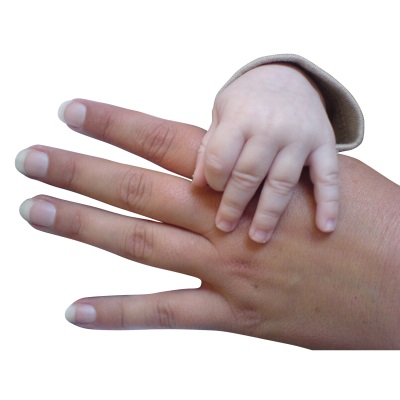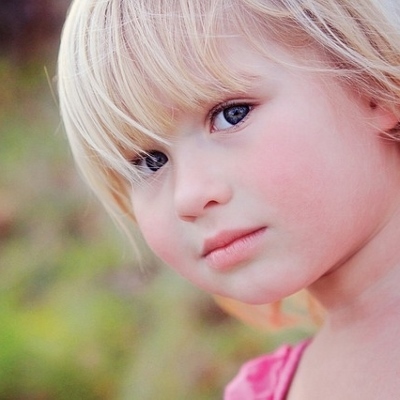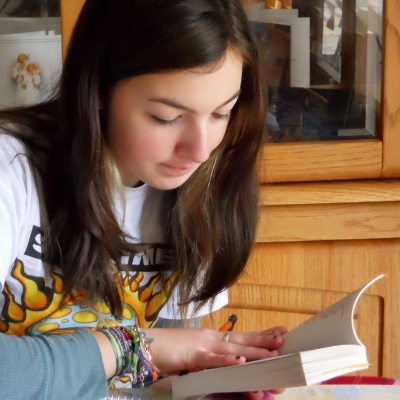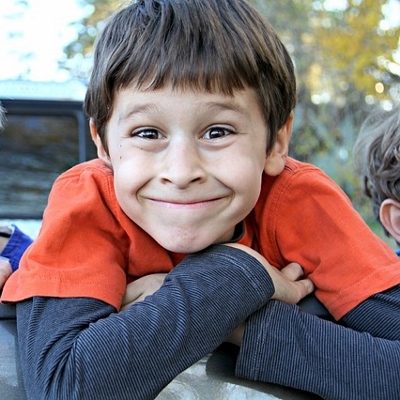 Toddlers are still learning about their world and one way to promote their joy of learning is through movement. They never sit still and they look at their fingers and toes as wonderful tools. Think about all the ways you can promote learning. There are activities that use repetition, movement, and rhythm to help toddlers express feelings, celebrate new accomplishments, and ways to work out their wiggles with gusto and boundless enthusiasm. Here are a few ideas to try.
Toddlers are still learning about their world and one way to promote their joy of learning is through movement. They never sit still and they look at their fingers and toes as wonderful tools. Think about all the ways you can promote learning. There are activities that use repetition, movement, and rhythm to help toddlers express feelings, celebrate new accomplishments, and ways to work out their wiggles with gusto and boundless enthusiasm. Here are a few ideas to try.
Ways to Use Hands and Fingers
Ask your child to hold up his/her hands and look at them very carefully. Count the fingers and move them in different ways. Think about how many sounds you can make with your fingers. Try snapping, clapping, tapping, and pounding. Now, try making finger sounds on different surfaces. Demonstrate tapping your fingers on your knee, on the table, on the window, on a book, and even on a blanket. What different sounds do you hear? Are they loud? Are they soft?
Now use spatial directions and engage your little learner in clapping motions. Tell your child to clap his hands above his head. In front of him. Behind his back. And, even between open legs. You can even practice clapping to the right and left, although at this age he may not distinguish directional commands.
Make simple shakers to make rhythmic sounds. Use individual plastic water bottles and fill them half-way with dried rice or beans. Glue the lid on and then tape it for extra security. Let the toddlers practice shaking their homemade instrument in rhythm patterns. Loud and soft, fast and slow — young children love to use shakers!
Messy art is another fine way to use the hands and fingers. First cover your working surface and even the floor with newspapers. Smocks will protect children’s clothing. Place paper in front of them and with non-toxic fingerpaint, let them make squiggly lines with their fingers on the paper and handprints. Personally, I love to use chocolate pudding for this art project. If hands go into the mouth, it’s edible and safe. With finger art, the process of doing it is really more important than the finished picture.
And What About Feet and Toes?
Make paper footprints for a variety of games. Trace around tiny feet, then cut them out and laminate them with clear adhesive paper. Use these to make paths around the room or outside on the walks or patio. Place them far apart and ask your child to take giant steps, or put them close together for baby steps. Then challenge your kiddo to try to jump or skip from one footprint to another.
Barefoot children can examine their toes. If you wiggle them, do they make a sound? Take some steps on the carpet or floor. Are they noisy? Now, put on some shoes and do the same actions. What about tapping the feet or jumping up and down? Listen to the differences in sounds. Combine clapping and tapping patterns with directions to identify body parts.
Use your creativity and make these games a healthy workout along with learning important skills.










